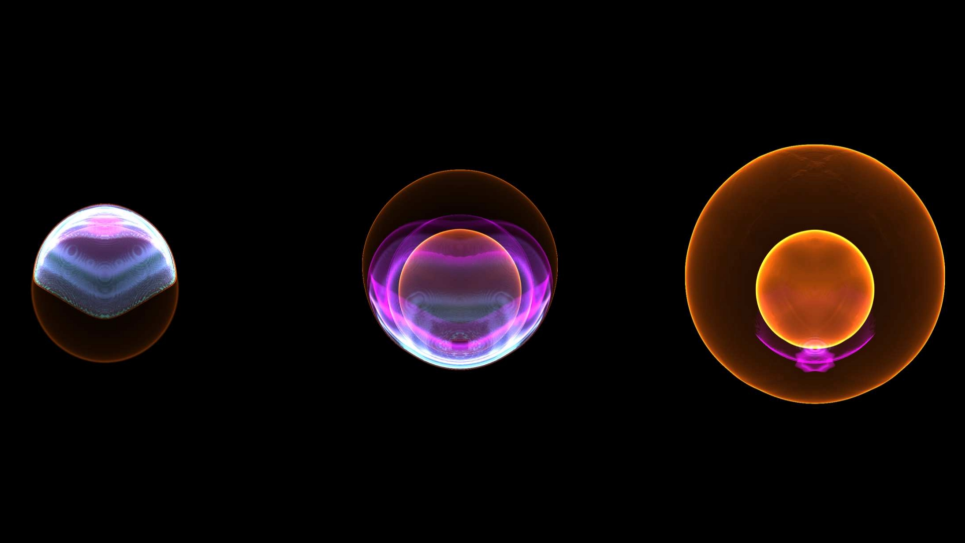
Ab Initio Quantum Liquid Water and Aqueous Ionic Solutions
Project Description
A highly accurate and detailed understanding of the microscopic structure of liquid water is of great importance to a number of fields, including energy storage, biochemistry, and the environmental sciences. At present, there is no experimental methodology available to directly obtain the real-space microscopic structure of liquid water. Computer-based simulations can furnish such structural information in a relatively straightforward manner; however, the state of the art computational approach for microscopic molecular modeling (ab initio molecular dynamics (AIMD)) has severe limitations when applied to liquid water. This project will address key challenges of AIMD liquid water simulations and apply the developments in a series of benchmark simulations on liquid water and ionic solutions relevant to aqueous ion batteries. These simulations will enable a highly accurate understanding of the microscopic structure of liquid water and yield insights on several important issues pertinent to the understanding and rational design of aqueous ion batteries. The results will be stored in a publicly available structural database to serve as an invaluable resource for further simulation developments, exploration by the wide range of scientific stakeholders (e.g., biologists, electrochemists, environmental scientists), and the benefit of the broader scientific community.
The ALCC effort is part of the “Advanced Modeling of Ions in Solutions, on Surfaces, and in Biological Environments” project funded by DOE’s Scientific Discovery through Advanced Computing (SciDAC) program. This SciDAC project is a collaborative effort between Princeton University, Temple University, and Lawrence Berkeley National Laboratory. The large-scale simulations involved in this research require a substantial amount of computational resources and can only be accomplished by efficient utilization of the high-performance massively parallel Blue Gene/Q platform at ALCF. For more information, visit http://chemistry.princeton.edu/scidac

